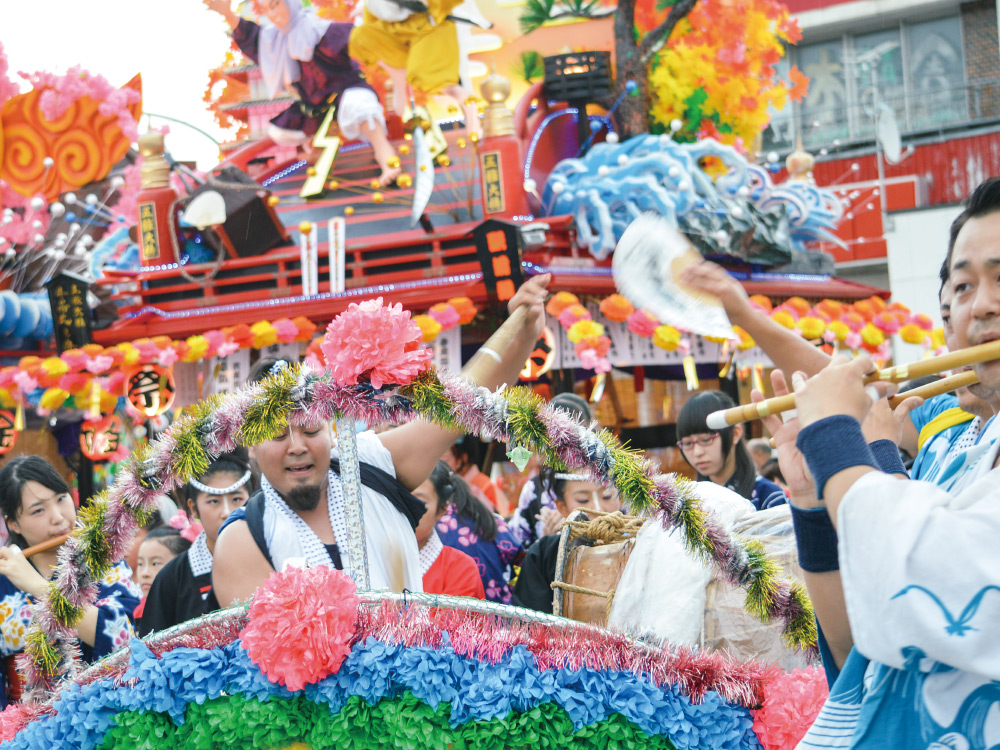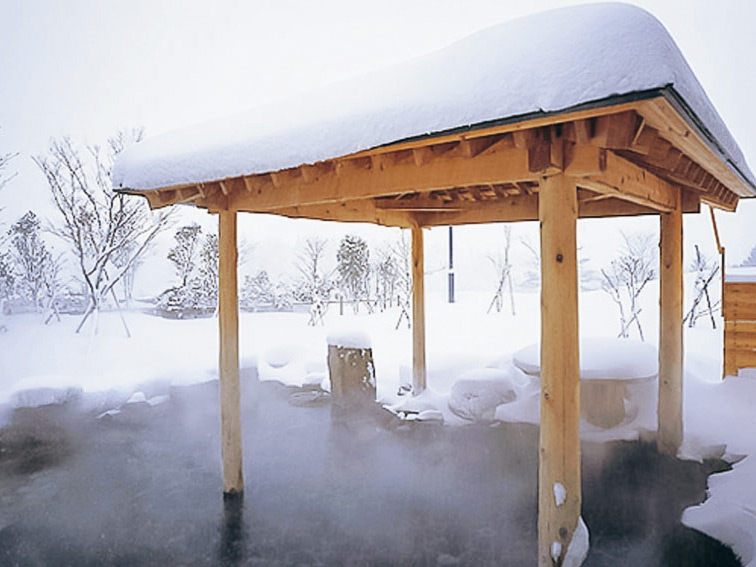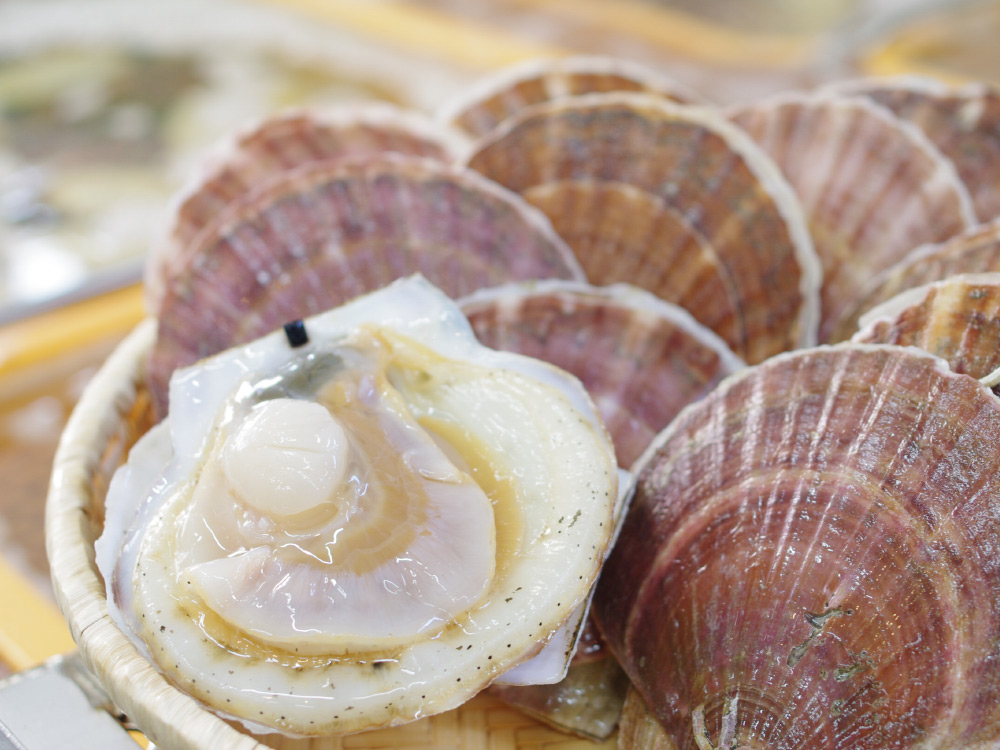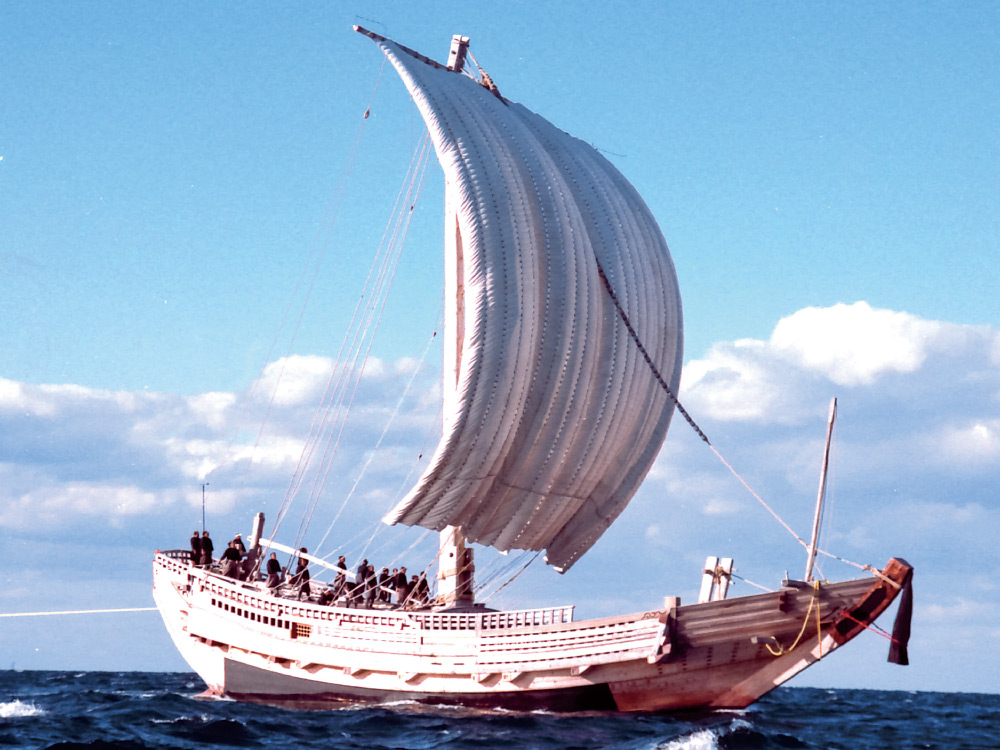Aomori Prefecture, part of which our town of Noheji constitutes, is endowed with natural beauty. The town is surrounded by the sea in three directions--the Pacific to the east, the Sea of Japan to the west, the Tsugaru Strait and the Mutsu Bay to the north. To the south lie the Hakkoda Mountains.
Located on the base of the Shimokita Peninsula, Noheji extends along the southernmost part of the Mutsu Bay, commanding a view of the bay on its northwest. Eboshidake mountain stands on the southern part of the town, which also affords a fine view of the Hakkoda mountain range.
Noheji used to thrive as a port of call for Kitamaebune (northbound ships), as shown by its annual Gion Festival and other cultural heritage from those eras.
Noheji has distinct natural features--cherry blossoms, hiba cypress and buna beech leaves in the spring; cool weather due to yamase (a cold dry wind blowing down from the mountains) and swimming in the Mutsu Bay in the summer; the colored leaves on the Eboshidake and Hakkoda mountains in the fall; as well as great enthusiasm among local residents and visitors for skiing and other winter sports. The changes of the four seasons in Noheji are clear-cut, a natural feature that enables people to enjoy themselves throughout the year.
This natural environment is marked by the production of various local specialties, including scallops, small turnips and Chinese yams, flatfish and red sea bream. The delicacies of each season in the town are favored as a real treat.
Tourist Information
Center


Phone:
*Closed on New Year's holidays, Dec. 29 to Jan. 1
*A tablet PC will soon be set up at the center for the promotion of local tourism, including information about the restored Michinoku Maru ship.
Top-Rated Sights
Restored Michinoku Maru
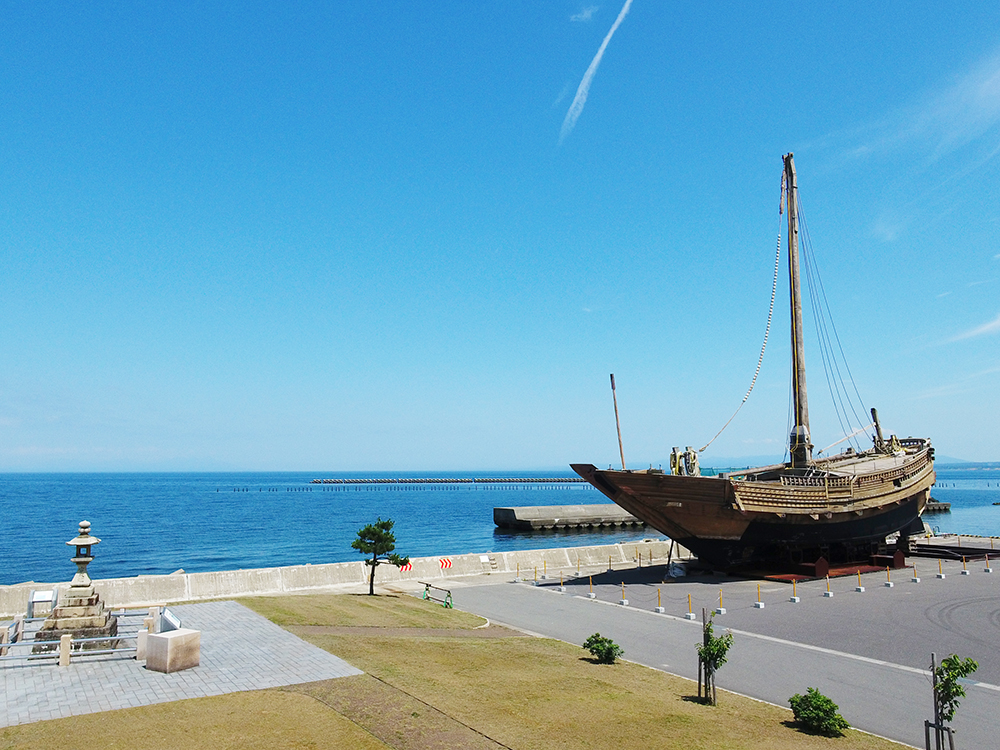
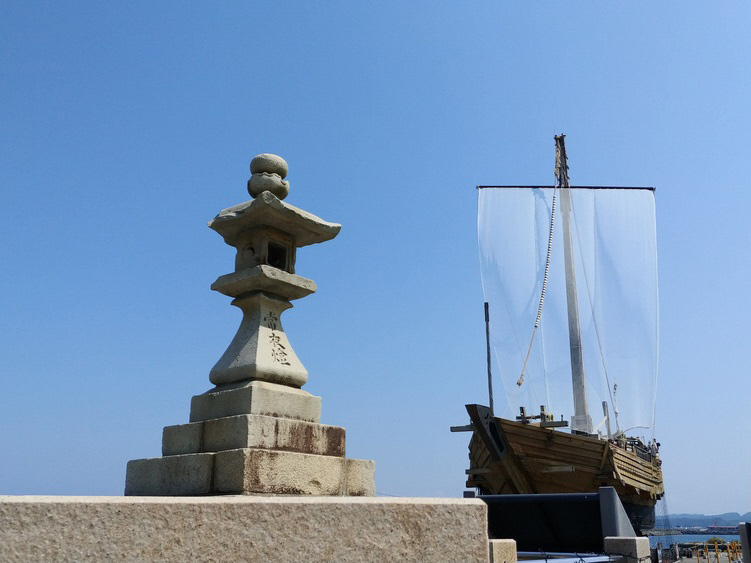
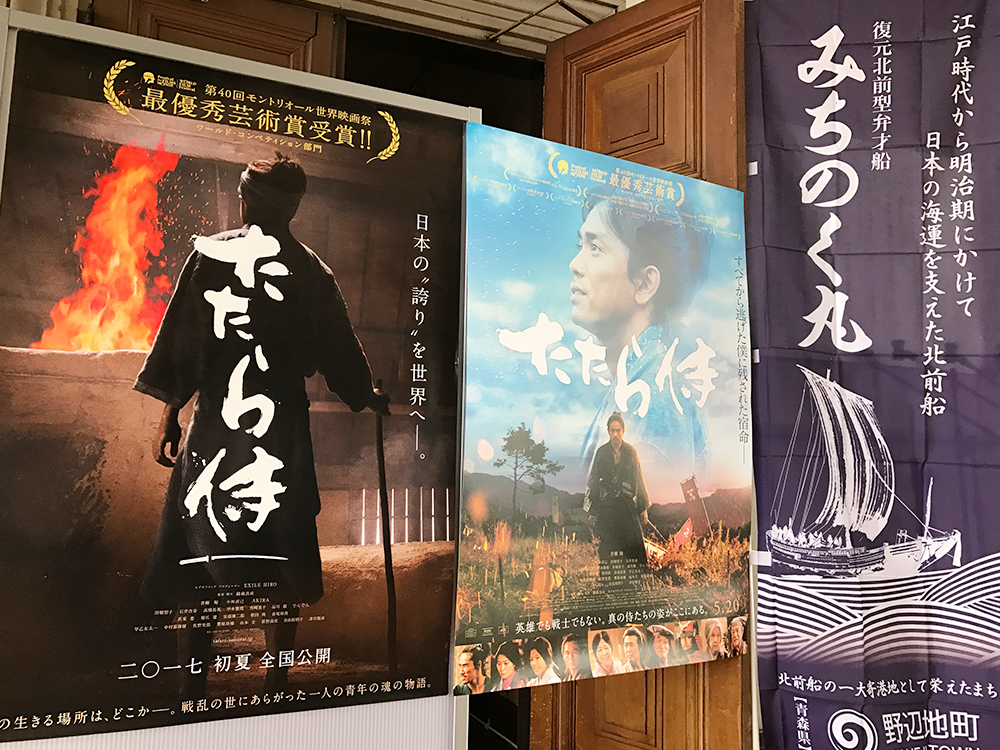
Noheji Iki-Iki Joyato Ichiba
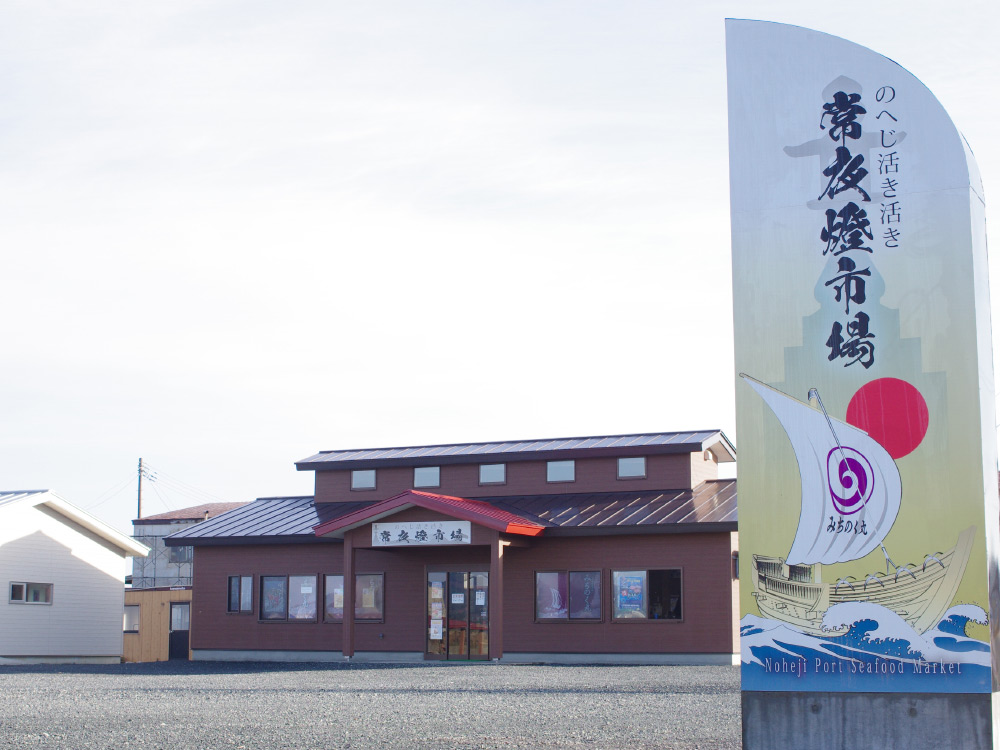
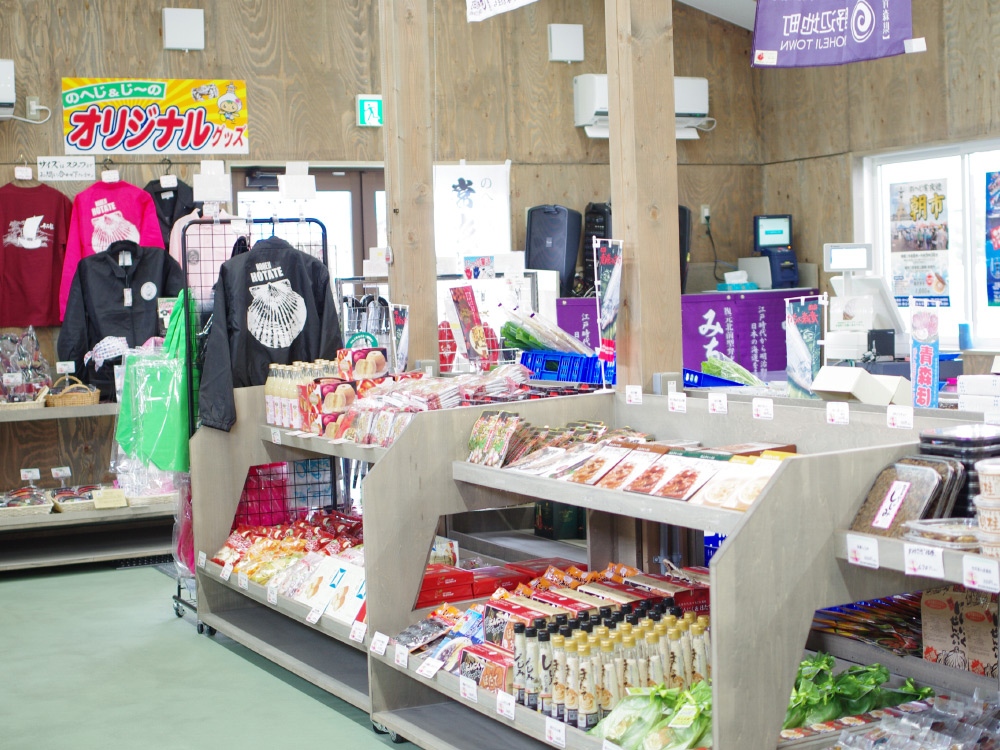
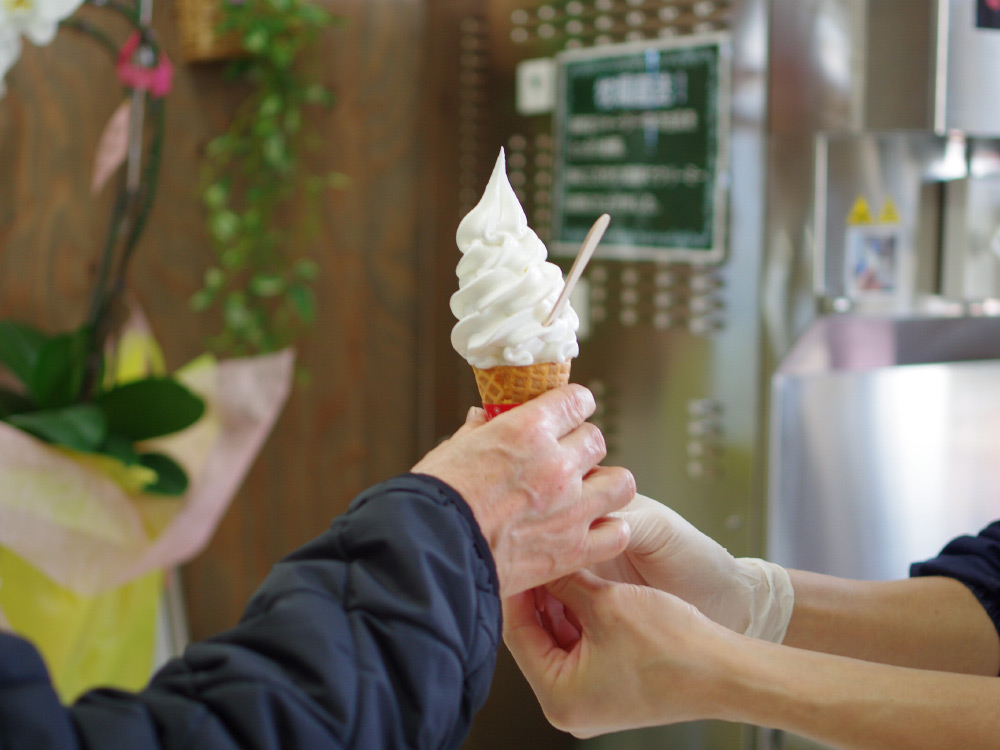
Joyato (night-light)
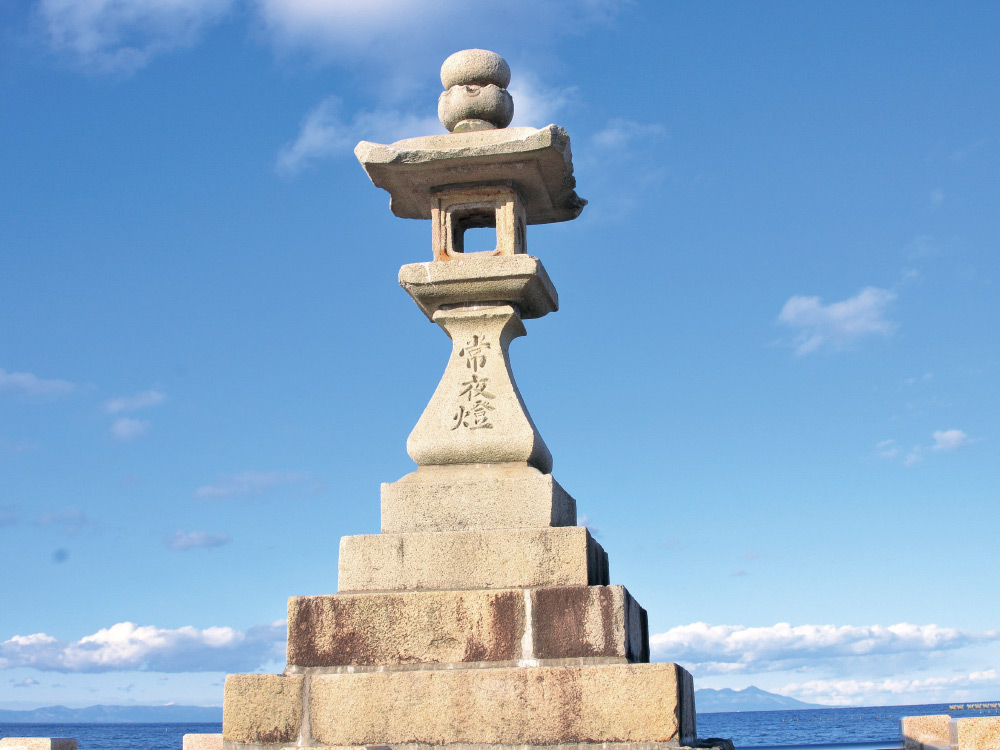
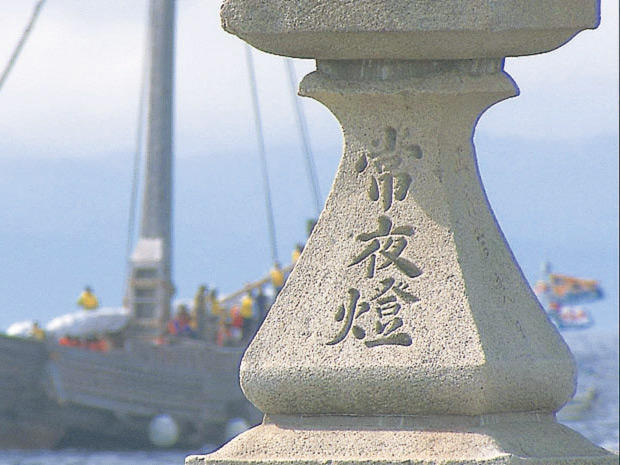
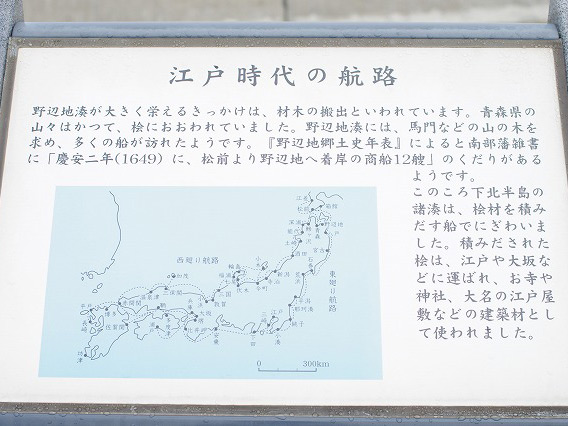
Seasonal Tourist Spots


Atago Park


Noheji Spring Festival


Tofugaura Beach


Noheji Gion Matsuri


Eboshidake


Health and Recreation Facilities in Shibasaki Area


National Noheji-Makado Onsen Ski Resort


Makado Kanko Hotel
Local Specialties

Fresh Scallops

Togekurigani Crab

Little Turnips
Historic Sites

Edohigan (rosebud cherry)

Statue of Kachogo

Haiku-inscribed Stone Monument to Matsuo Basho

Benkei's Footprint

Tanka poem-inscribed Stone Monument to Takuboku Ishikawa

Gozensui and Stone Steps

Ichiri-zuka

Old Daiman Ryokan
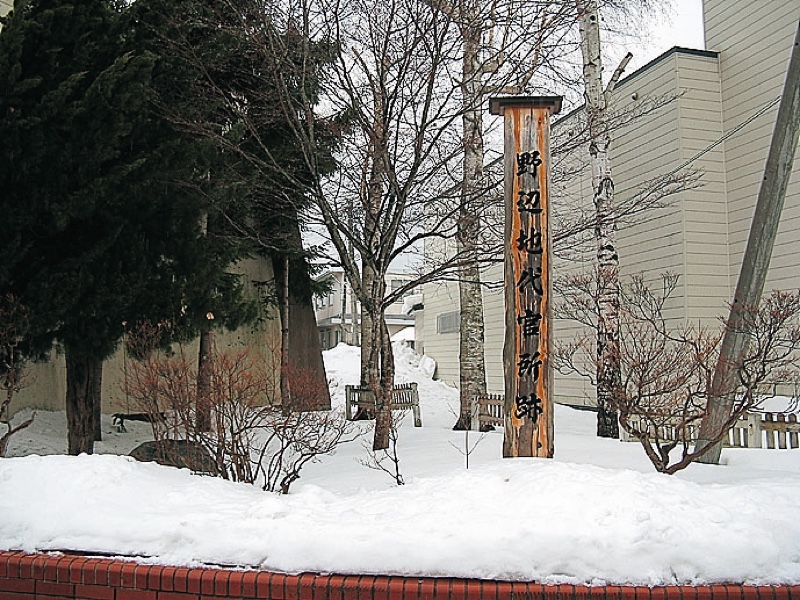
Historic Site of Noheji Daikansho

Shidarezakura and Tombstone for Deceased Kitamaebune Crew

Jokoji Temple

The Home of Mogami Fude's Parents

Suijingu Fountain

Graveyard for Warriors Killed in The Battle of Noheji
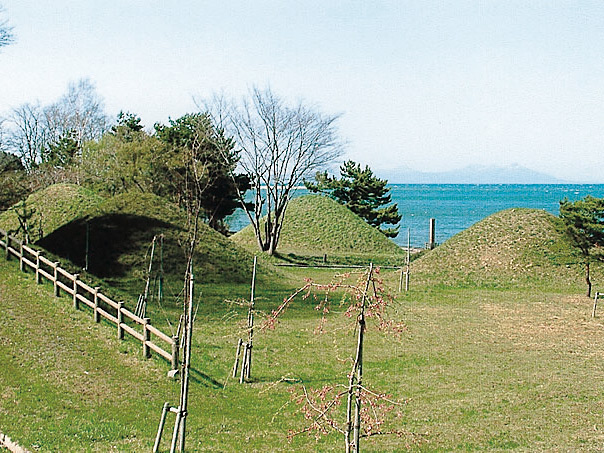
Hankyo-zuka Mounds
History & Culture

Akaurushinuri-mokuhachi

Kyakusen-cho

Noheji Hachiman-gu and Kotohira-gu Shrines

Upright Dogu

Kibori Amida-nyorai Ritsuzo Statue

Detached House of The Former Nomura Family

Tourist Information Board for Shinmachi Area

Tourist Information Board for Honmachi Area
Accommodations
- Matsuyama Ryokan/Phone:
- Ryokan Komai/Phone:
- Fujikawa Ryokan/Phone:
- Business Inn Club/Phone:
- Business Land Horaku/Phone:
- Makado Kanko Hotel/Phone:
Access
Get off at Aomori-Chuo Interchange on Tohoku Expressway, or at Aomori-Higashi Interchange on Aomori Expressway. From there, about 1 hour along National Highway Route 4.
Get off at Hachinohe Interchange on Hachinohe Expressway. From there, about 90 minutes along National Highway Route 45.
From Mutsu area, take Hamanasu Line (National Highway Route 279).
From Aomori Station, about 45 minutes on Aoimori Railway Line.
From Hachinohe Station, about 45 minutes on Aoimori Railway Line.
From Ominato Station in Mutsu, about 50 minutes on JR Ominato Line.
From Tokyo Station, 3 hours and 20 minutes on Tohoku Shinkansen line. Get off at Shichinohe-Towada Station, and about 20 minutes by car from there.
From Hakodate, about 1 hour on Hokkaido Shinkansen line. Get off at Shin-Aomori Station. Change trains to a local train bound for Aomori Station. From there, about 45 minutes on Aoimori Railway Line.
75 minutes from Haneda Airport in Tokyo to Aomori Airport. About 35 minutes from Aomori Airport to Aomori Station by bus. About 45 minutes from Aomori Station to Noheji Station on Aoimori Railway Line.
About 70 minutes from Haneda Airport to Misawa Airport. About 15 minutes from Misawa Airport to Misawa Station by bus. Take Aoimori Railway Line from Misawa to Noheji.
About 95 minutes from Itami Airport in Osaka to Aomori Airport.
About 45 minutes from Chitose Airport in Sapporo to Aomori Airport.
About 80 minutes from Komaki Airport in Nagoya to Aomori Airport.
From Aomori Station to Noheji Station, about 1 hour and 20 minutes by Shimokita Kotsu Bus.
From Mutsu area to Noheji Station, about 1 hour and 30 minutes by Shimokita Kotsu Bus.
Rental Car and Taxi
- Towada Taxi/Phone:
- Jukan Taxi/Phone:
- Nihoku Taxi/Phone:
- Toyota Rent a Car Noheji Station Shop/Phone:
Free Wi-Fi service available at:
Noheji-machi Chuo Kominkan (central community center)
1-15 Aza-Noheji, Noheji-machi, Kamikita-gun, Aomori-ken/Phone:







